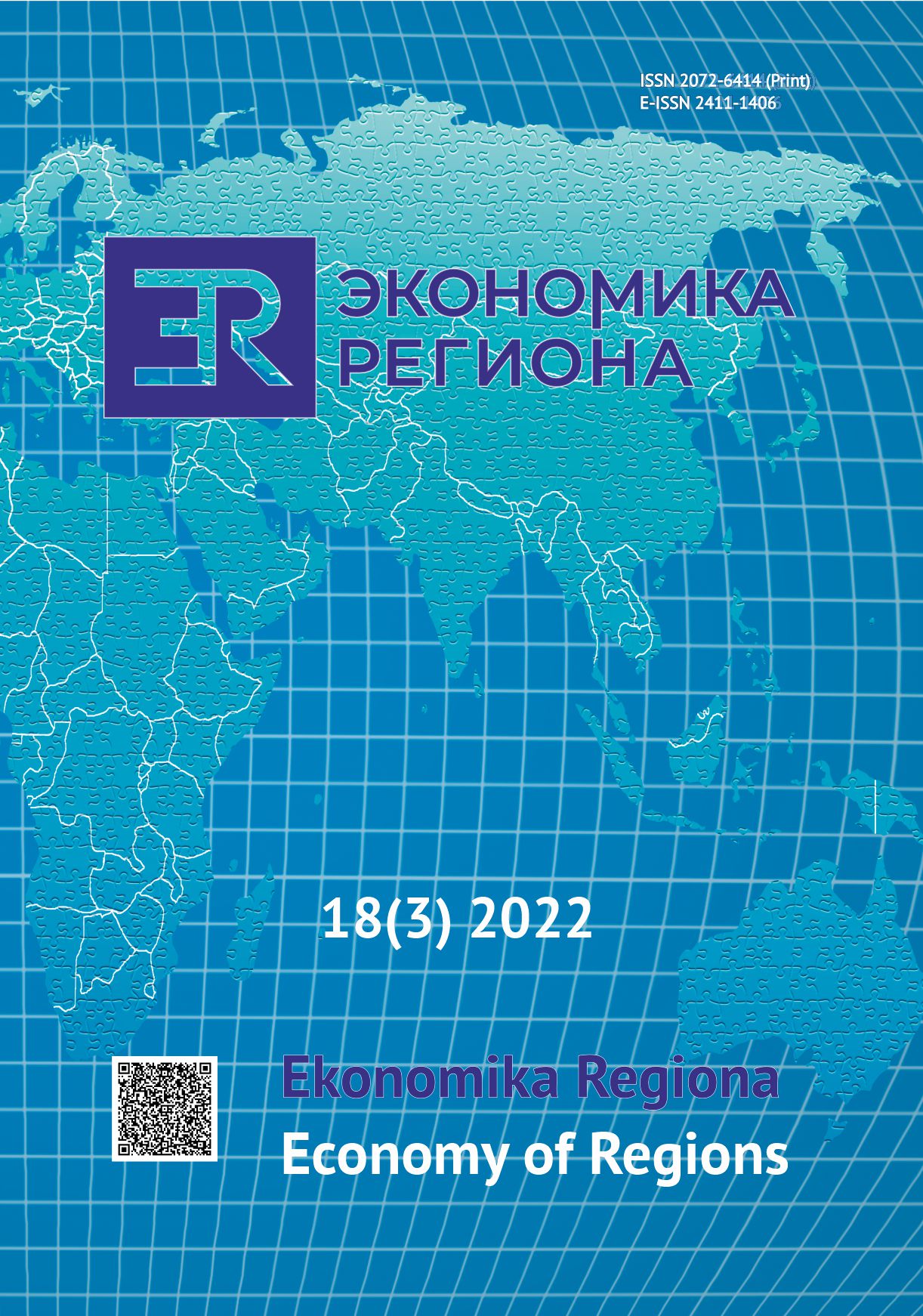Heterogeneous Effects of Individual Socio-Economic Characteristics and Regional Environmental Conditions on Self-Reported Health
Heterogeneous Effects of Individual Socio-Economic Characteristics and Regional Environmental Conditions on Self-Reported Health
Author(s): Liudmila Arkadevna Leonova, Valeriya Lakshina, Anna S. AladyshkinaSubject(s): Health and medicine and law, Socio-Economic Research
Published by: Институт экономики Уральского отделения Российской академии наук
Keywords: federal districts; regional difference; socio-economic factors; self-rated health; environment; heterogeneity; RLMS-HSE; discrete dependent variable; panel data; employment; income;
Summary/Abstract: Health is a comprehensive phenomenon with many determinants. The influence of environmental conditions on human health poses challenges for public health scientists. One of the main issues is the availability and relevance of the data on public health, including such indicators as morbidity and decease prevalence. In this study, we overcome this obstacle by using micro data on self-reported health from the Russia Longitudinal Monitoring Survey of Higher School of Economics. The study analyses the influence of environmental conditions on individual self-rated health in Russia, taking into account the heterogeneity of coefficients among self-rated health levels. We used generalised ordered probit model with random effects and embedded procedure for parallel line assumption violation testing. The characteristics of air, water and the quantity of pollutants in each region were considered as independent factors. The study showed significant negative influence of environmental factors on self-rated health throughout Russia. It is also demonstrated that higher self-rated health estimates are given by respondents whose level of education is no lower than that of vocational or trade school, who are married, and who are regularly engaged in physical activity. The results obtained can be used to improve regional state programmes aimed at improving the quality of life of the population in groups with different levels of health, for example, to the development and targeting of a set of health policy measures. Additionally, these findings can be utilised in programmes to improve the quality of the environment, which can increase the overall level of self-assessment of health in a particular region.
Journal: Экономика региона
- Issue Year: 18/2022
- Issue No: 3
- Page Range: 687-698
- Page Count: 12
- Language: English

